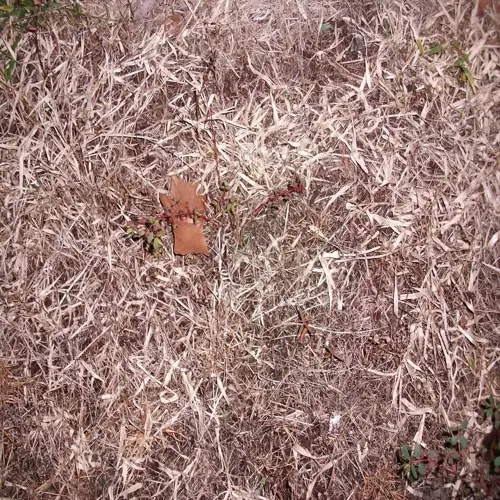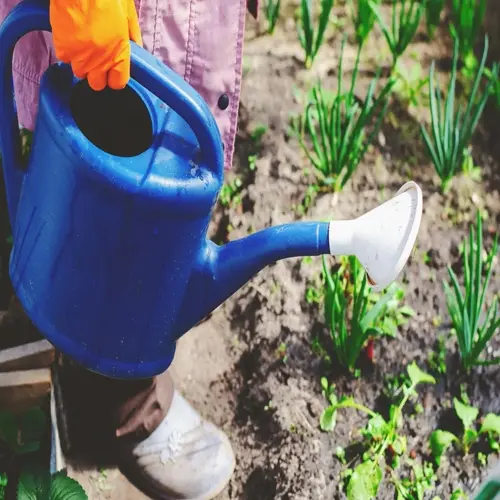Can coffee grounds improve clay soil?

Written by
Nguyen Minh
Reviewed by
Prof. Charles Hartman, Ph.D.When using coffee grounds in clay soil, it is essential to be more cautious. While coffee grounds do add organic material and nutrients, the acidity and texture make it difficult to use them in dense clay. I've used coffee grounds extensively in my own garden beds. It is most effective when composted correctly, rather than used fresh.
Proper Composting
- Mix grounds with carbon-rich brown materials
- Maintain 4:1 brown-to-coffee ratio
- Compost for 90-120 days before use
- Creates balanced pH amendment
Soil Amendment Mix
- Combine with bulky organic matter
- Use maximum 20% coffee in blend
- Apply thin 0.5 inch layers
- Mix thoroughly into top 6 inches
Plant-Specific Uses
- Best for acid-loving plants
- Avoid near alkaline-preferring vegetables
- Excellent for azaleas and blueberries
- Limited benefit for lawns
Ensure that you test the soil pH before using coffee amendments. Most clay soils are inherently alkaline. Coffee grounds have a pH level that ranges from 6.5 to 6.8. Overuse can generate pockets of acidity harmful to plants. I check my garden's pH level quarterly using coffee amendments.
Use coffee grounds sparingly. No more than 20% coffee in your compost mix. Spread this on the top layers of the area you are planting in. Mix into the top 6 inches of soil, and water immediately after applying to prevent the grounds from forming impermeable layers.
Observe plant conditions after application. Look for signs of nitrogen deficiency, such as yellowing leaves. A high number of earthworm activities could indicate that the practice is beneficial. My blueberries respond positively to the application of coffee, while tomatoes appear stressed. Apply in moderation and adjust based on plant responses.
Read the full article: Clay Soil Amendments: The Ultimate Guide

